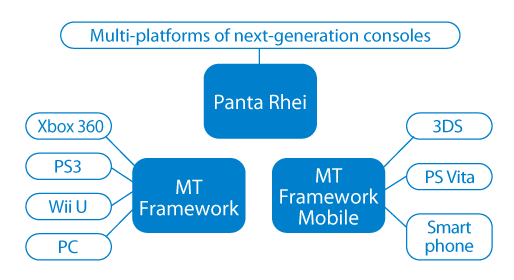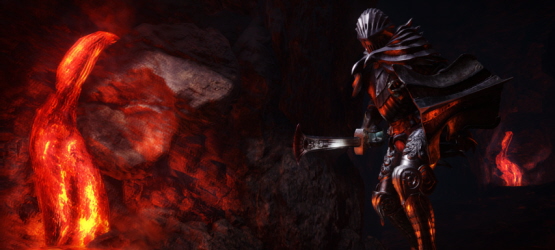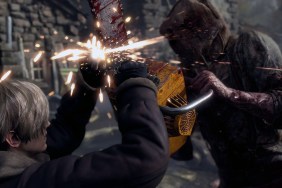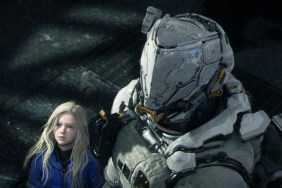In one of the rare instances where a company interviewed one of its own employees, Capcom spoke with Masaru Ijuin, Senior Manager of Technology Management, Technology Development, and Consumer Games Development, about their new next-gen Panta Rhei engine.
Previously, Capcom had been using the MT Framework engine, but as Ijuin puts it, “We have run into some problems and limitations while using this framework. Looking ahead to the development of games for next-gen consoles, we felt we needed to completely overhaul the development environment to better cope with the increasingly complex hardware. That’s pretty much why we started developing this new engine.”
Although he still believes MT Framework is a powerful rendering engine, Masaru knows that the “heightened game quality” on PS4 and Xbox One leads to an increase in the number of man hours required. He estimates that “the amount of work involved in making games for next-gen consoles is eight to ten times greater than what is required for the current generation of consoles.”
So, while improvements to the MT Framework engine may have reduced work time from 1 hour to 30 minutes, Panta Rhei shortens it from 30 minutes to just 10.

Confirming that they’ll use Panta Rhei on the new consoles, with MT Framework staying on the last generation of consoles and consoles/handhelds, Ijuin talked about the transition from the old engine to Panta Rhei:
Well, I’m afraid creators will have to start back at square one when they learn how develop games using Panta Rhei. Next-gen consoles have drastically redefined the way games are rendered. Conventional theories no longer work. If we create games the same way as before, we won’t be able to give our fans what they want, and that’s games unlike any they have ever played. We think we should view this new hardware as an opportunity to tackle new challenges.
Ijuin then went into a very long explanation about the features of Panta Rhei, including how it is being used to get the most out of the PS4 and Xbox One:
“Panta Rhei is designed to unlock the full potential of hardware and maximize the rendering power of next-gen consoles. It also reduces the iterations in developing games for next-gen consoles. To make games more exciting, we need to go through a process of trial and error, such as adjusting parameters and considering how games are played. This process needs to be completed in the shortest amount of time possible. Reducing the iteration time from ten minutes to one minute delivers a tenfold increase on the amount of work we can do.”
“One of the main features is ‘parallelization’. Normally when a game is made, the planner comes up with a plan, and the designer draws a map. The characters are then placed on the map and the created game is played. If the game’s not fun, the map is redesigned from scratch. This is what you would call a serial process. On the other hand, Panta Rhei transforms this into a parallel process, thereby minimizing work loss through the coordination of efforts.”
“These improvements reflect the results of a detailed survey we conducted by interviewing members of the development team. One advantage of this new development engine is that it improves the overall efficiency of development. To enhance efficiency, we needed to overhaul the workflow, and to reformulate the workflow, we needed to replace the tools. That’s why we developed Panta Rhei.”
Are you excited to see what Panta Rhei can do when Deep Down comes out? Let us know in the comments below.
[Via]








